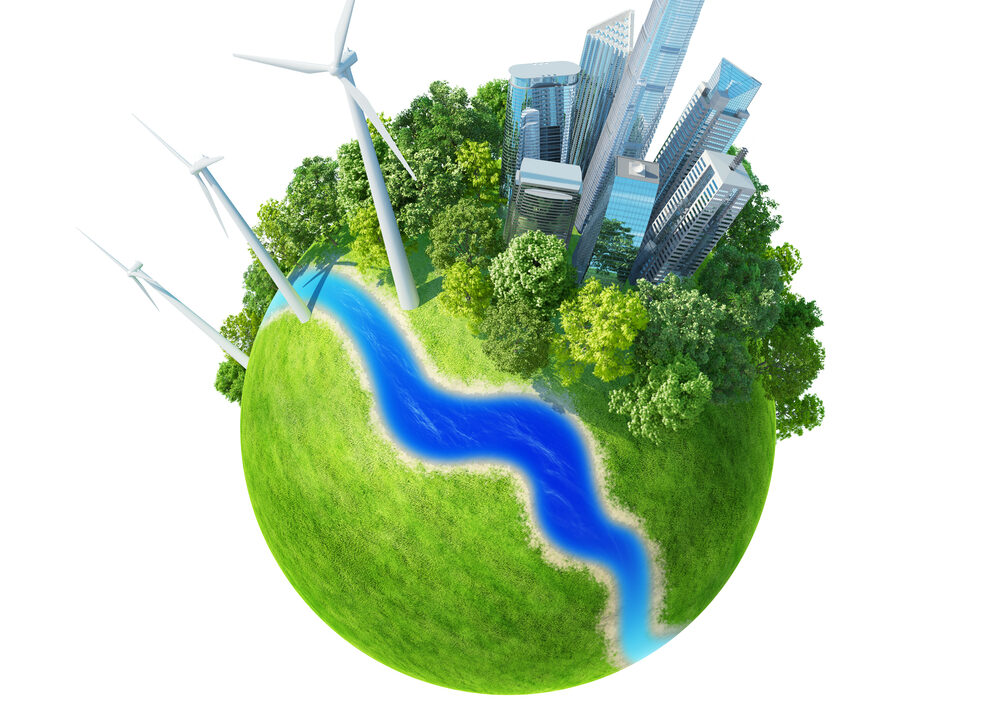Ireland has one of the largest ecological footprints in the world, according to the latest WWF Living Planet report.
In its 2014 report it says the world has lost 50% of its wildlife in the past 40 years, and it names Ireland as having one of the largest ecological footprints in the world. Ireland comes in 14th place. The WWF calculates the ecological footprin by adding the ecological goods and services people demand that compete for space. It includes the biologically productive area needed for crops, grazing land, built-up areas, fishing and forestry.
Technological advances, agricultural inputs and irrigation have boosted the average yields per hectare of productive area, it says, raising the planet’s total biocapacity from 9.9 to 12 billion global hectares (gha) between 1961 and 2010.
However, during the same period, the global human population increased from 3.1 billion to nearly 7 billion, reducing the available biocapacity per capita from 3.2 to 1.7 gha. Meanwhile, Ecological Footprints increased. So while biocapacity has increased globally, there is now less of it to go around, which is not good news for the environment.
With world population projected to reach 9.6 billion by 2050 and 11 billion by 2100, the amount of biocapacity available for each of us will shrink further – and it will be increasingly challenging to maintain biocapacity increases in the face of soil degradation, freshwater scarcity and increased energy costs.
The size and composition of a nation’s per capita Ecological Footprint is determined by the goods and services used by an average person in that country, and the efficiency with which resources, including fossil fuels, are used in providing these goods and services.
The report also states that freshwater species worldwide declined by 76%, while marine species are down by 39%.
